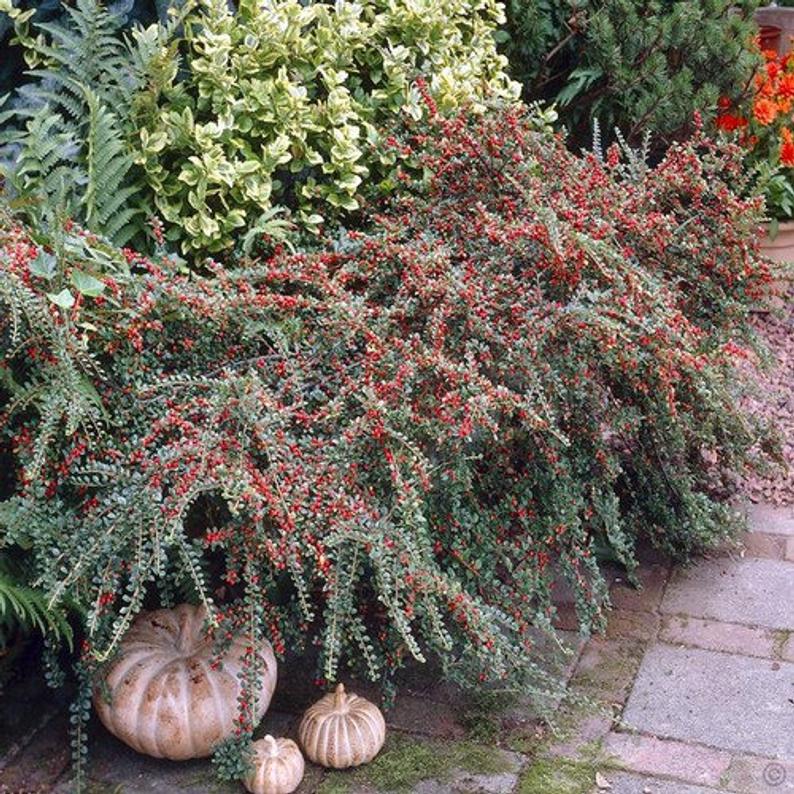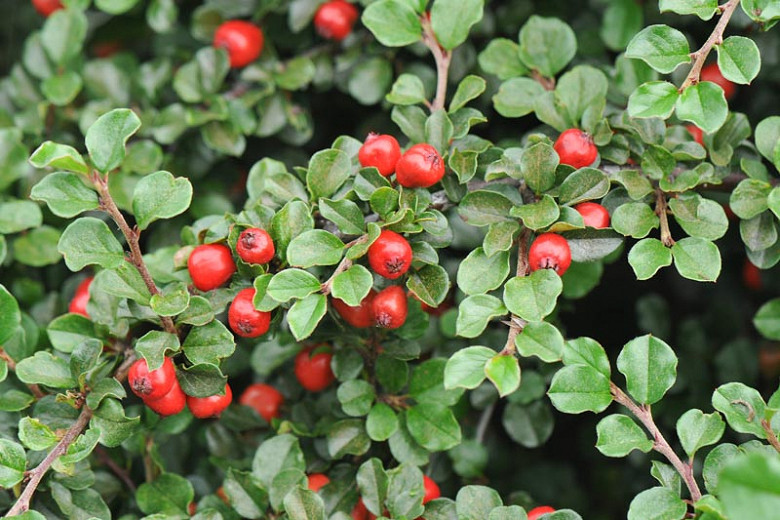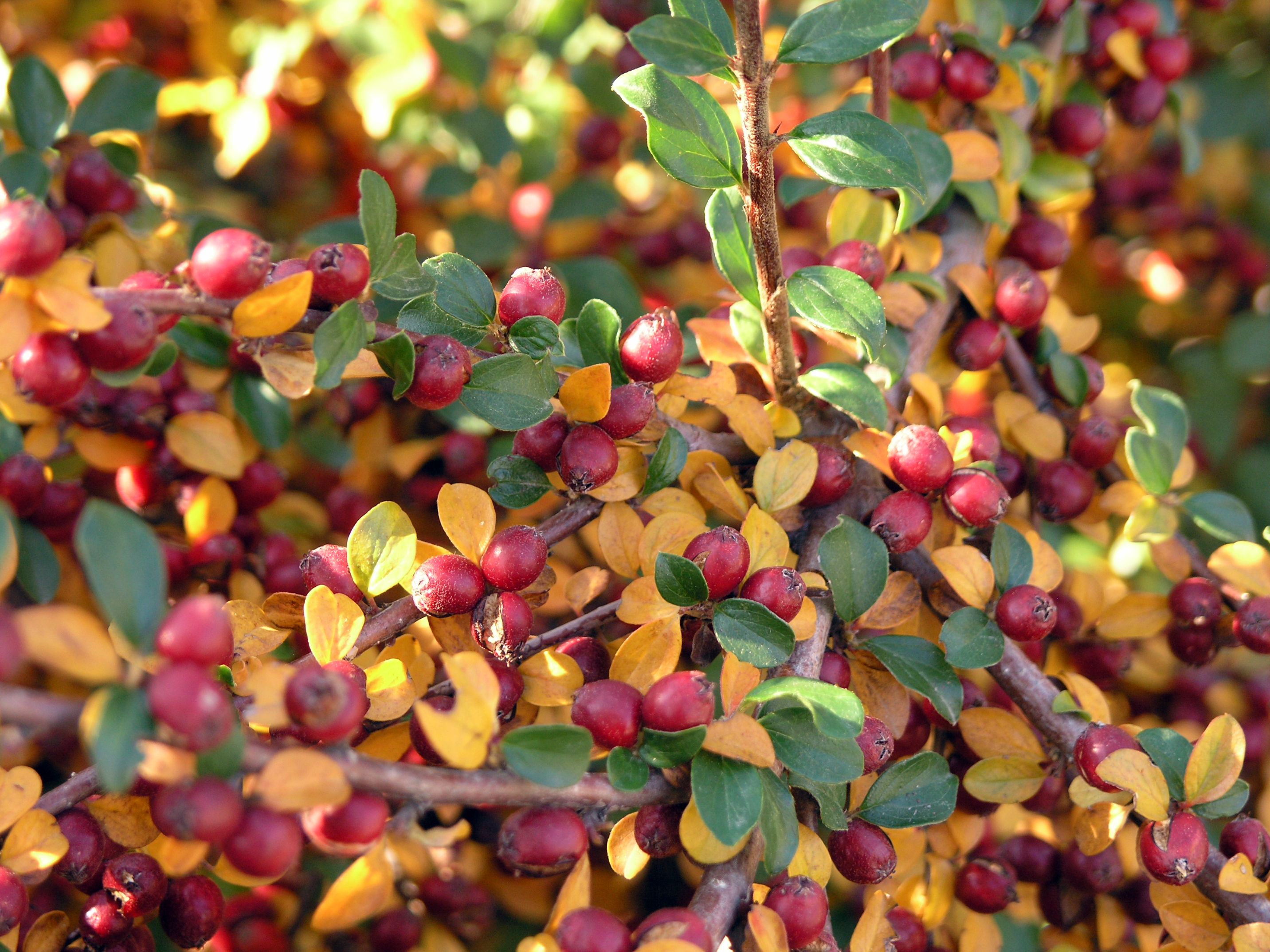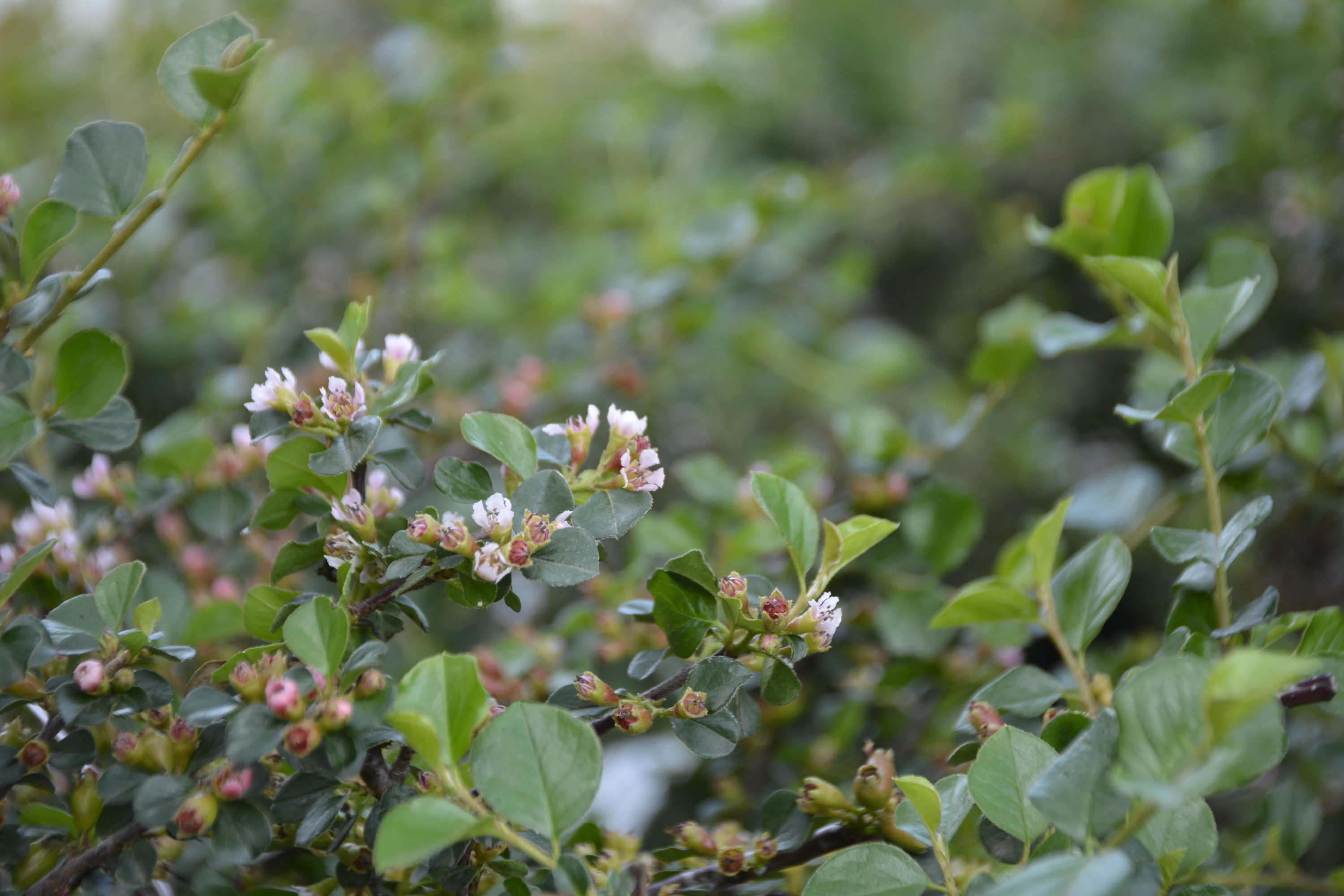How To Grow Cranberry Cotoneaster For Stunning Fall Foliage And Berries
Cranberry cotoneaster is a beautiful and versatile shrub that can add a touch of elegance to any garden. It is known for its stunning fall foliage, which can range in color from red to orange to yellow. The shrub also produces clusters of small, red berries that are attractive to birds and other wildlife.
Cranberry cotoneaster is relatively easy to grow and care for. It prefers full sun but can tolerate partial shade. It is also tolerant of a wide range of soil types, as long as the soil is well-drained.
To plant cranberry cotoneaster, choose a location in your garden that receives full sun or partial shade. The soil should be well-drained. If your soil is not well-drained, you can improve drainage by adding sand or gravel.
Dig a hole that is twice the width and depth of the root ball of the cranberry cotoneaster plant. Place the plant in the hole and backfill with soil. Water the plant thoroughly.
Cranberry cotoneaster is a low-maintenance shrub. Once it is established, it requires little watering. You should only water the plant if the soil is dry.
You should fertilize cranberry cotoneaster once a year in the spring. Use a balanced fertilizer, such as 10-10-10.
Cranberry cotoneaster is a relatively pest- and disease-free plant. However, it can be susceptible to spider mites and fireblight. If you notice any pests or diseases, you can treat them with appropriate pesticides or fungicides.
To prune cranberry cotoneaster, you should do so in the spring. Prune the plant to remove any dead, diseased, or damaged branches. You can also prune the plant to shape it or to keep it from getting too large.
With proper care, cranberry cotoneaster can live for many years. It is a beautiful and versatile shrub that can add a touch of elegance to any garden.
Here are some additional tips for growing cranberry cotoneaster:
- Mulch around the plant to help retain moisture and suppress weeds.
- Water the plant deeply during dry periods.
- Fertilize the plant once a year in the spring.
- Prune the plant in the spring to remove dead, diseased, or damaged branches.
- Protect the plant from pests and diseases.
Conclusion
Cranberry cotoneaster is a beautiful and easy-to-grow shrub that can add a touch of elegance to any garden. With proper care, it can live for many years and provide you with stunning fall foliage and berries.
Cranberry cotoneaster is a beautiful and versatile shrub that can be used in a variety of landscape settings. It is hardy in USDA zones 4-8 and is tolerant of a wide range of soil conditions. Cranberry cotoneaster produces clusters of bright red berries in the fall, which make it a popular choice for birdscaping.
If you are interested in learning more about cranberry cotoneaster, I encourage you to visit Home Gardening. This website has a wealth of information about the plant, including its care requirements, planting tips, and pest and disease control.
FAQ of cranberry cotoneaster
- What is cranberry cotoneaster?
Cranberry cotoneaster is a deciduous shrub that is native to China. It is known for its bright red berries, which are edible but tart. The shrub can grow up to 6 feet tall and 4 feet wide. It prefers full sun or partial shade and well-drained soil.
- How do I care for cranberry cotoneaster?
Cranberry cotoneaster is a relatively easy plant to care for. It needs regular watering, especially during the summer months. It should be fertilized once a year in the spring. The shrub can be pruned in the spring or fall to maintain its shape.
- What are the benefits of cranberry cotoneaster?
Cranberry cotoneaster is a versatile plant that can be used in a variety of ways. It can be used as a hedge, a border plant, or a specimen plant. The berries are edible and can be used in pies, jams, and jellies. The shrub also attracts birds and butterflies.
- What are some common problems with cranberry cotoneaster?
The most common problem with cranberry cotoneaster is powdery mildew. This fungal disease can cause white spots to appear on the leaves. The disease can be controlled by using a fungicide. Other problems that can affect cranberry cotoneaster include aphids, scale, and spider mites.






Post a Comment for "How To Grow Cranberry Cotoneaster For Stunning Fall Foliage And Berries"